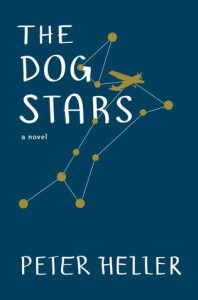

LeGuin in 1962 with her debut, April in Paris in Fantastic. Some authors erupt onto the scene with a bang. I’m keen to see if Lightner Hopf will return to the mature mags, or if she’s found her niche just beyond my usual ken. A fair story, it stood out for being one of the very few that featured a female protagonist.

She also has written a nonfiction book called Monarch Butterflies under the name of Alice Hopf.īut I know of her because her short story, A Good Day for the Irish, which appeared five years ago in IF. She tends to be a children’s writer: two of her first three short stories appeared in Boy’s Life and her first three novels are also aimed at younger audiences.

I’ll have to finish her back catalog in my copious spare time - and I look forward to her next release!Īlice Martha Lightner Hopf is another author whose gender disappears behind initials. It’s a flawed piece, plot-wise, but Holly’s quite a good writer. I’ve only reviewed her most recent book, The Time Twisters. package of Holly books that I realized she’s already had quite a career in the genre! Indeed, it wasn’t until the aforementioned fan sent me a C.A.R.E. Secondly, like Andre Norton (another woman author with a male pseudonym) Holly doesn’t do magazine fiction. Firstly, I was not aware that Holly was a woman until a fellow fan noted that the author’s real name is Joan Carol Holly. Hunter Holly began in 1959 with the novel, Encounter, she did not get included in prior installments of this series for two reasons. She has also been married, since 1962, to fellow SF writer, Michael Moorcock, who is now editor of New Worlds. She is one of the very few women to appear in British science fiction magazines. Nevertheless, new women authors continue to arrive on the scene, and some who produced under gender-ambiguous names have become known to me:īailey, a British writer whose name does not immediately bespeak a woman writer, marched onto the scene in 1963 with her laudable social satire story, Breakdown, in New Worlds, followed by her stand-out novella, The Fall of Frenchy Steiner, the following year in the same magazine. In that time, women have only gotten more underrepresented in our genre. It’s been almost two years since the last edition of our The Second Sex in SFF series came out.


 0 kommentar(er)
0 kommentar(er)
